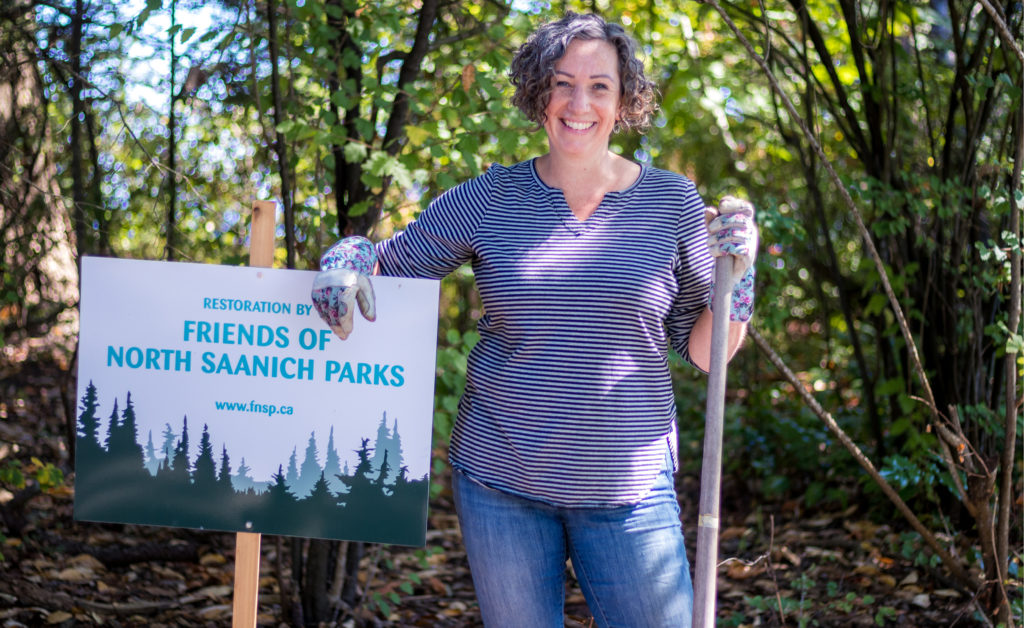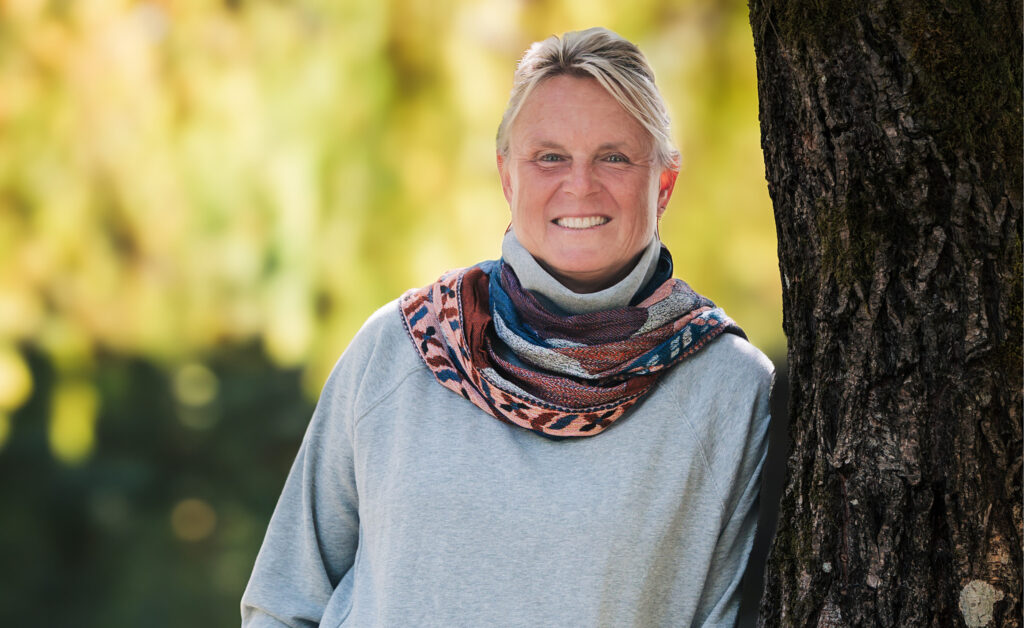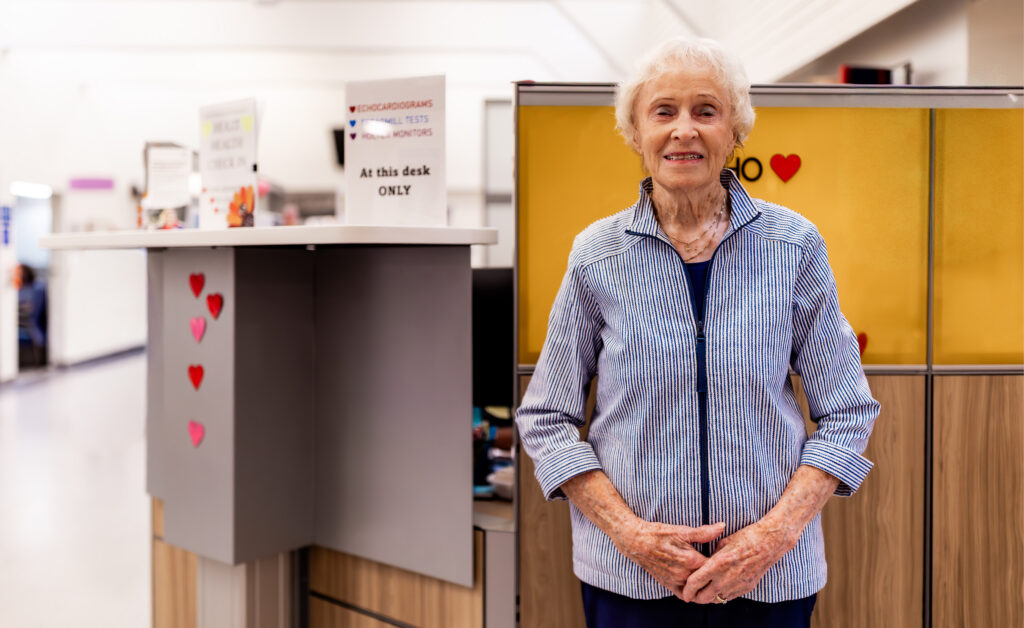by Deborah Rogers –
I joined the Friends of North Saanich Parks for one of their regular sessions removing invasive plant species for my Day Out this month. So much of what makes our community special is the result of volunteers who care, and give their time and effort to make things happen. I was very happy to spend a warm, sunny blued-skied afternoon in the company of Sharon Hope, Anne Zerath, Diane MacKay, Elaine Lacroix and Tara Bowler (the Steward of Nymph Point Park, our work party location).
The Friends of North Saanich Parks Society started in 2017 out of a concern that invasive species were starting to gain a hold in many of the District’s parks, and there didn’t seem to be a specific plan from the municipality to deal with it. Did you know that there are 29 parks in North Saanich, and 24 have been identified in needing support through invasive species removal?
Biodiversity is the key to healthy parks, and that happens best when native species are able to grow in their natural habitat. Unfortunately as people moved in to, and settled, the Saanich Peninsula they brought with them all sorts of troublesome plants. The main culprits are daphne, holly, scotch broom, laurel, ivy, periwinkle and Himalayan blackberry. These plants are all tenacious in the way that they grow and spread, and eventually eradicate everything else around them. The scourge of Nymph Point Park, on the north of the Peninsula, is daphne.
Spurge-laurel (daphne laureola) is a seemingly harmless plant that resembles a rhododendron; however, this invasive plant grows rapidly, out-competes native vegetation, and poses a serious health risk to people and pets from its poisonous sap. It’s a very hardy plant too, that spreads both through its berries (enjoyed and distributed by birds) and through any bit of root that’s left in the soil while removing plants.
All I needed for this volunteer shift was some gardening gloves, sturdy shoes and a shovel (and there are tools provided at all work parties if required). Once the offensive plant was pointed out I was on my own to dig and pull, dig and pull, dig and pull, and pull. As with all yard work there’s something satisfying as you see the progress you’re making – in this case a growing pile of daphne plants on a tarp for disposal. Coupled with that, of course there’s the bigger picture of helping support a park that I’ve used over the years.
So many environmental problems feel overwhelming for the individual, but the FNSP has shown that many hands together can make a difference. R.O. Bull Park on Wain Road is a shining example. 14 work parties over an 11-month period saw the park clear of all invasive species. Of course it doesn’t mean they won’t come back, but with Park Stewards in place to keep an eye, new growth can be dealt with rapidly and the park shouldn’t ever get back into the same overgrown state. A measure of success is the growing number of native trilliums now found there. At first count three years ago there were only 32 spotted; this year 154 were counted.
I’m not going to pretend that I did a whole lot of work on my volunteer shift, but I did remove some of that dreaded daphne. What I also did was get a really good understanding of the Society, and motivations of the other volunteers. Chatting with Tara about her role as Park Steward I was impressed with her commitment to this little park. She told me how she loves the location, the sea air, the view and breezes. She’s been coming back to the park week after week for nearly a year now and has seen it in all seasons. Removing the invasive species is easier after the winter rains, but every visit brings some pleasure for her as she’s slowly witnessed the change in the undergrowth, with newly cleared areas looking open and appealing, and most importantly hospitable for our native flora and fauna.
You can join the Friends of North Saanich Parks at any of their regular work parties – find all the information at www.fnsp.ca.
Photo by Amanda Cribdon Photography.




